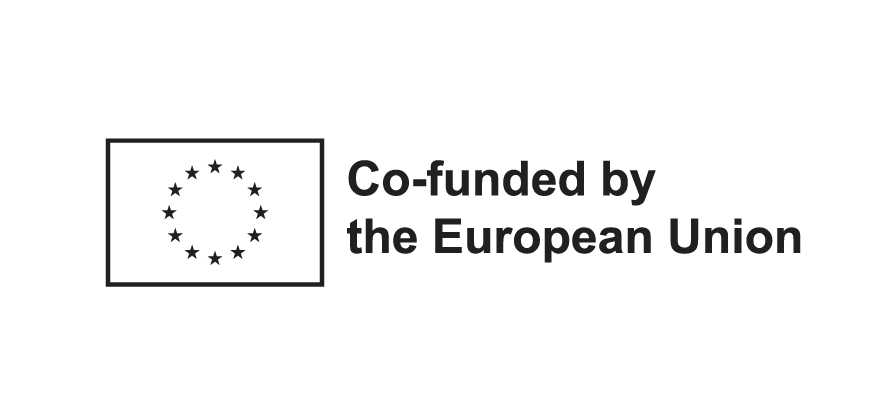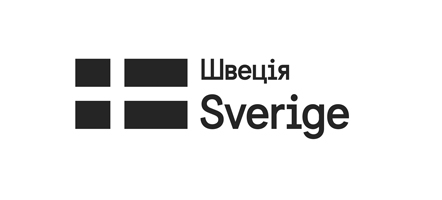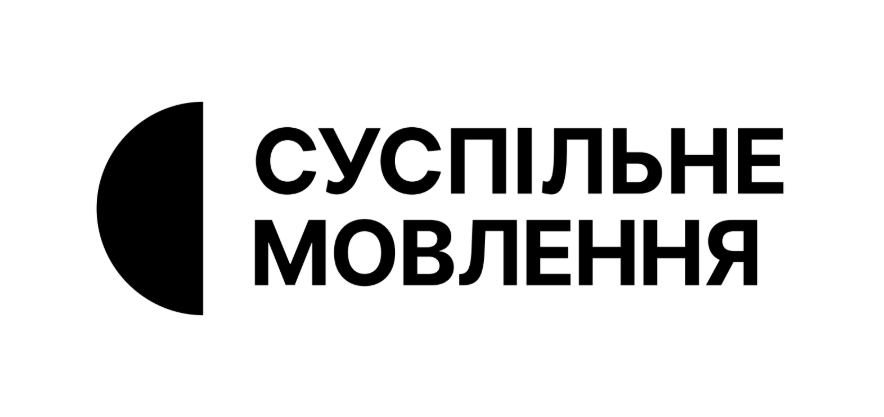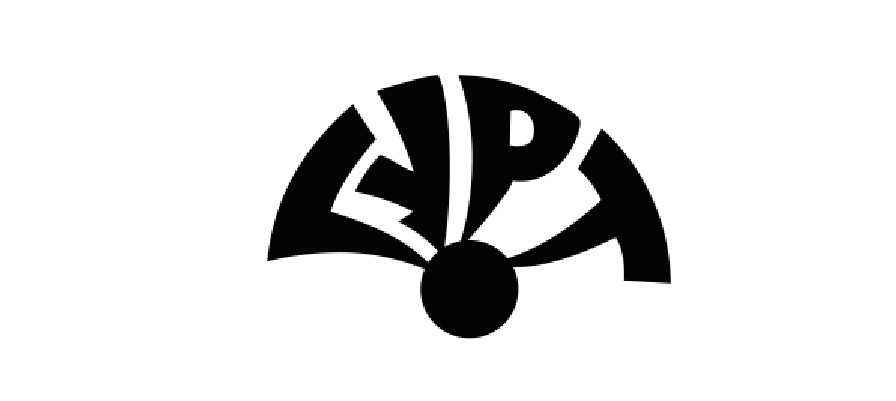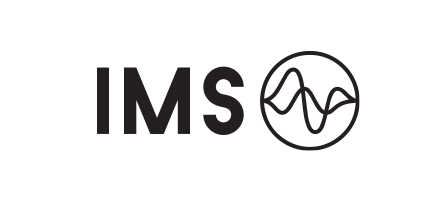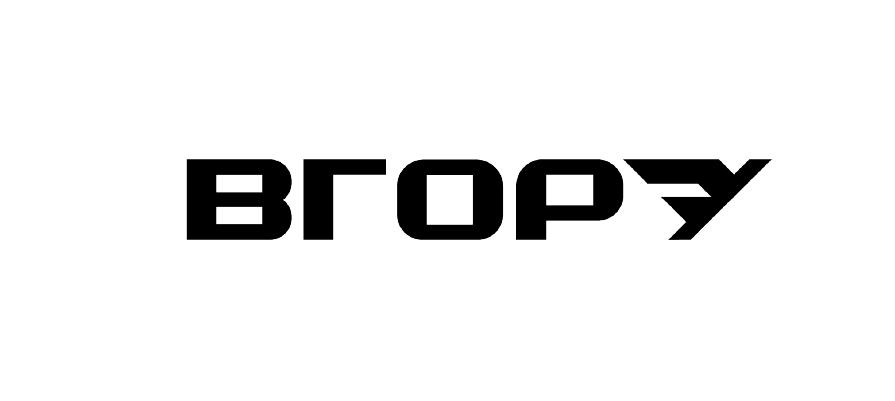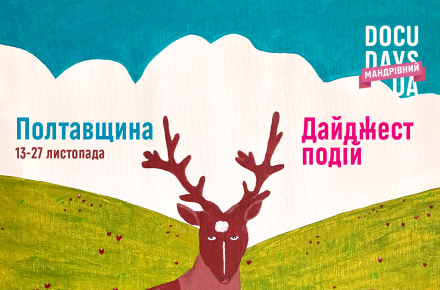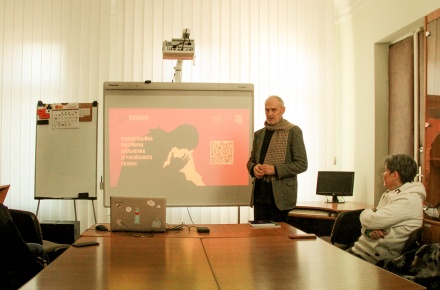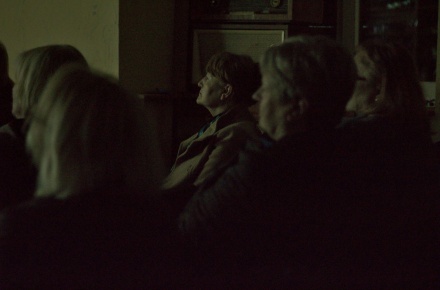Inside, the Valley Sings: A conversation with the filmmakers about imagination as a survival tool
Inside, the Valley Sings: A conversation with the filmmakers about imagination as a survival tool
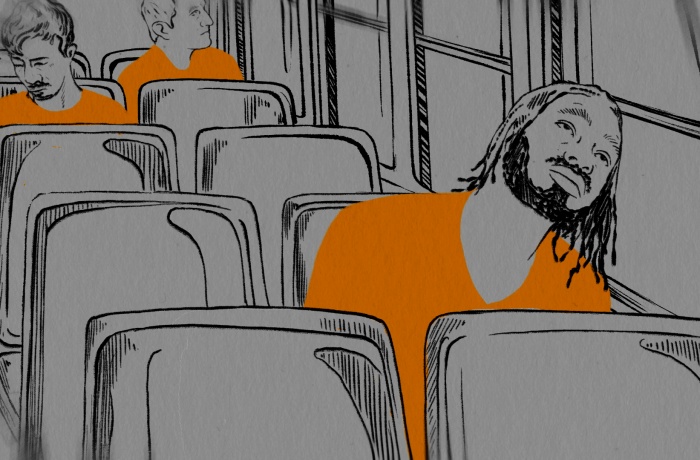
Inside, the Valley Sings is a poignant, visually rich, and at the same time painful story about life in solitary confinement, where imagination becomes the only space of freedom. Director Nathan Fagan and animator Natasza Cetner told the Travelling Docudays UA about how the work on the film began, the complex ethical interaction with its protagonists, and how art helps to speak about systemic violence — and, at the same time, about human resilience.
Nathan, how did the idea for Inside, the Valley Sings come about?
Nathan:
The starting point was my interest in the subject of solitary confinement. Many years ago, I read an essay by a person who had spent 25 years in isolation. I couldn’t imagine that such prolonged confinement so profoundly alters a person’s perception of time, space, and reality. It’s a form of torture.
For a long time, I didn’t know how to turn that into a film. But during the COVID-19 pandemic, when I finally had time, I began looking for people willing to share their stories. Gradually, a structure began to take shape — and then I realized that this film shouldn’t be about crime or guilt, but about human experiences in inhumane conditions.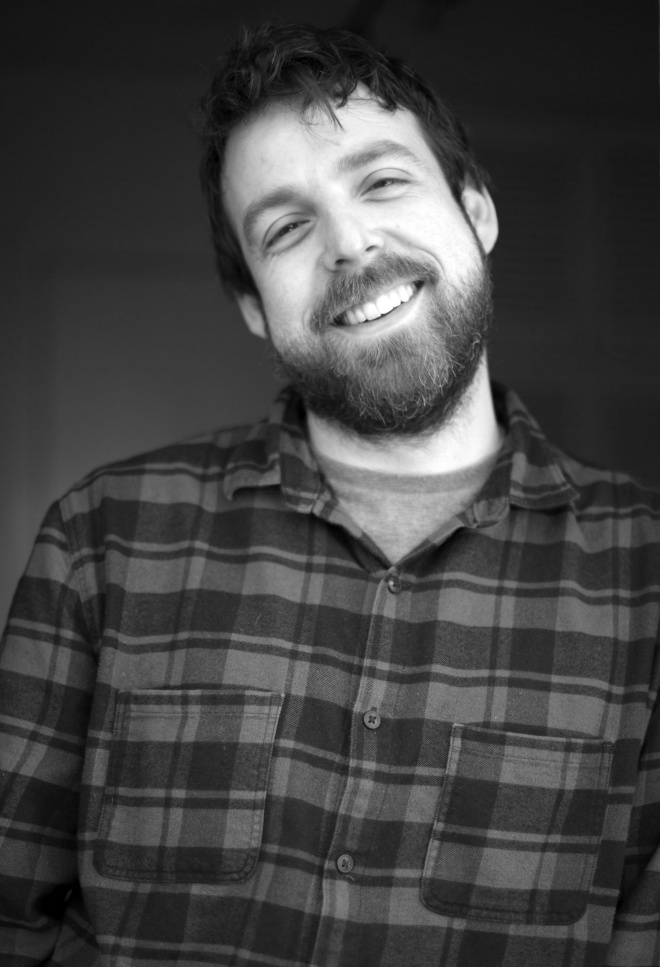 Photo: Nathan Fagan, director
Photo: Nathan Fagan, director
You focused on the experiences of prisoners in particular. Why?
Nathan:
For me, this is not only a social issue but also a deep human rights issue. In the United States, for example, the practice of solitary confinement is widespread and can last for years. It’s not about rehabilitation, it’s about punishment. I was open to stories from other countries, but it was in the US that I found people willing to speak. So the film addresses this phenomenon, but above all, it’s about the inner world of a person in isolation.
How did you manage to build trust with the protagonists of the film?
Nathan:
These are extremely sensitive stories. From the very beginning, I explained that the film would be created collaboratively: I wouldn’t manipulate their experiences or “shape” them to fit my own idea. They saw all the material before the film’s release, could comment on it, and had the right to withdraw anything. And, importantly, the question of guilt or innocence was never central. It’s not about judgment, it’s about the human right not to be destroyed by the system.
Why did you decide to work with animation rather than reconstructions or archives?
Nathan:
Because this story is about the inner world. About fantasies, dreams, and imagination as a space of survival. Animation allowed us to show what cannot be captured by a camera. It became the best tool for visualizing an experience that unfolds inside a person.
Natasza, how did you find the balance between emotional depth and the visual aesthetics of animation?
Natasza:
We chose rotoscoping, a technique where an actor’s movements are transformed into animation. This allowed us to preserve the emotional subtlety of faces, expressions, gazes.
We deliberately avoided reconstructions — they would have diminished the power of the subject. Animation made it possible to leave space for the viewer’s imagination. Color was a particular challenge: each protagonist has their own visual mood, their own palette. For instance, the childhood fantasies of one of the characters are depicted in warm, sunlit tones.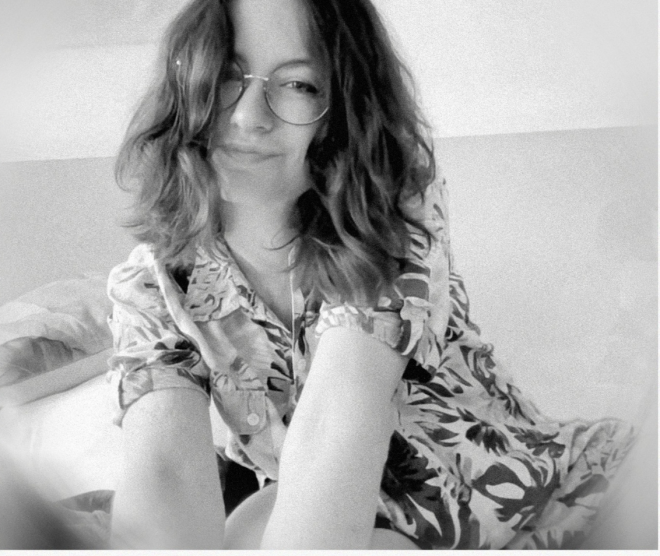
Photo: Natasza Cetner, animator
How has this work changed you as artists and people?
Natasza:
I had mostly worked with fictional stories before, even when they were based on real events. But when you realize that your work gives voice to real people, it brings an entirely different sense of responsibility.
Nathan:
For me, it was a reminder that documentary filmmaking is not only about facts but about the connection between people. And that connection can continue long after filming ends. We’re still in touch with our protagonists.
What did your creative collaboration between the director and the animator look like?
Natasza:
We started with concept art and a short trailer. I worked on the storyboards, and together we explored how to convey the dynamics of the story within the visually confined space of a prison cell. It was a constant dialogue — about both the technical possibilities and the artistic focus.
Nathan:
I naively thought animation would be easier than live-action filming (laughs). But it’s a completely different cinematic language, with its own freedoms and limitations. The main thing is trust. And we had that.
What did you want to communicate to the audience with this film?
Nathan:
This film is about systemic injustice, but also about the power of human imagination. It can be a source of hope, but also a space of fear. I wanted to show both sides.
Natasza:
My task was to become a mirror for the voices heard in the film, not to overshadow them with striking visuals. The animation isn’t the main focus here, the people are.
Have the protagonists seen the film? What was their reaction?
Nathan:
Yes. They were the first to see it. That was fundamentally important. They supported the film and are proud that their stories will be heard by people around the world.
Sadly, one of the protagonists, Sunny, passed away last year. We dedicated the award we received in Tokyo to her. She was an extraordinary person who fought for the rights of others until the very end.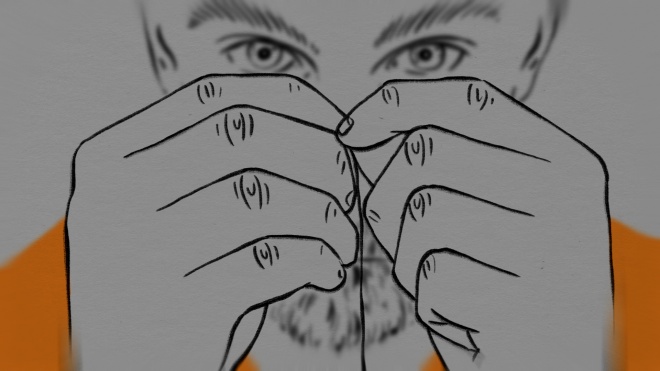
Photo: Inside, the Valley Sings, still from the film
And finally, is there something special for you about screening the film in Ukraine?
Nathan:
Yes. When I told the protagonists that the film would be shown in Ukraine, a country going through such extraordinarily difficult circumstances, they were deeply moved. They asked me to convey their words of solidarity. It means a lot to them that their stories can resonate with and support others in their struggle.
The 22nd Travelling Docudays UA is held with the financial support of the European Union, the Embassy of Sweden in Ukraine, and International Media Support. The opinions, conclusions or recommendations do not necessarily correspond to the views of the European Union, the governments or charities of these countries. Responsibility for the content of the publication lies solely on its authors.
